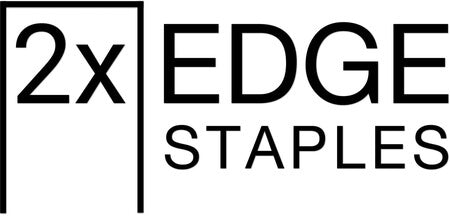Definition
Landscape timbers are boards or beams manufactured from wood and used for garden and landscape projects such as edging, raised beds, short retaining walls, and borders.
The timbers have a distinct shape: two sides that have a rounded profile and a flat top and bottom surface for use in applications that require stacking the lumber.
Landscape timbers are a by-product of plywood and veneer mills. The plywood and veneer production process - where a log is spun and peeled to produce thin sheets of wood leaving a cylindrical core - gives them their distinct rounded shape. They are then sawn flat on two sides to produce the landscape timber's familiar flat-top/flat-bottom shape.
Landscape timbers are made of heartwood which is the dense center of a log. The rate of liquid (preservative) absorption in heartwood is low due to the density of the material. This means that landscape timbers take up less preservatives in the pressure treatment process and so may have a shorter life span when compared to other pressure treated or naturally rot resistant lumber when used in ground contact applications like landscape or garden edging.
Historical Background
The origins of landscape timbers trace to the plywood and veneer industry’s use of peeler cores. The timbers are what's left of the core of a log that has been peeled (hence the "peeler core") to produce thin sheets of wood to be used as wood veneer and wood layers used in plywood. The peeling process creates an evenly rounded cylindrical core that becomes fodder for secondary markets such as pole and landscape timber production.
Where landscape timbers are concerned, to create a stable and installable product mills often saw two sides of the peeler core flat leaving the rounded sides intact. This results in a board that stacks and installs like a rectangular timber, but retains the rustic rounded edges from its original cylindrical form.
Because the peeler core is a by-product, manufacturing cost is lower, making landscape timbers a relatively affordable option for uses including edging and landscaping.
>While the lifespan of pressure treated landscape timbers used in ground contact applications may not be as long as other treated lumber, they're production promotes efficient and sustainable forestry by enabling the use of nearly 100% of a harvested log.
FAQs
Why do landscape timbers have rounded sides?
Landscape timbers are the leftover log centers from veneer production. The logs are turned on a rotary machine and the wood is peeled into thin layers. The cylindrical log that is left is perfectly rounded. The log is sawn on the top and bottom for stackability while the original round sides remain. This gives the timbers their rounded profile.
Are landscape timbers suitable for ground contact?
Landscape timbers consist of heartwood which is a dense material that reduces the chances of preservative penetration. This can limit the timber's durability when used in ground contact applications.
Why are landscape timbers more affordable than some dimensional lumber?
Landscape timbers are made from a by-product of the veneer and plyood industries. They require minimal machining - only two sides are cut flat. These realities translate into lower production costs compared to full-sawn rectangular timbers making landscape timbers a cost-effective option for landscaping and edging.
References
University of California Agriculture and Natural Resources (ANR) – Selecting Lumber and Lumber Substitutes for Outdoor Exposures
https://anrcatalog.ucanr.edu/pdf/8144.pdf
University of Kentucky Cooperative Extension Service - Wood-Destroying Organisms & Wood Preservatives
https://publications.mgcafe.uky.edu/sites/publications.ca.uky.edu/files/for54.pdf
Timber Update - Timber Products
https://timberupdate.com/timber-products/
